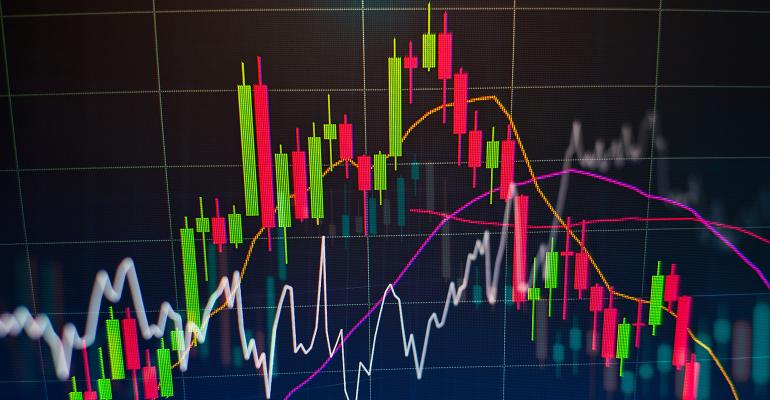(Bloomberg) -- Better than usual.
That sums up the performance of many actively managed mutual funds against their benchmark indexes in 2022, according to the S&P Dow Jones Indices year-end SPIVA scorecard released Tuesday.
Among US large-cap active equity funds, 49% outperformed the S&P 500 last year — which doesn’t sound very good until you look at the 2021 tally, when just 15% outperformed. The bull market was in place then, and it was particularly hard for active managers to beat an index turbo-charged with mega-cap tech stocks that spent the year surging from record high to record high.
In 2022, those same names were a performance drag, and volatility led to “a rising spread of returns in the S&P 500,” said Anu Ganti, senior director of index investment strategy at S&P Dow Jones Indices.
“The greater that spread, if you are a skillful stock picker and make the right calls, there is greater opportunity to add value,” she said.
Active managers tend to do better when mega-caps lag, which indicates the funds were underweight those stocks, she added.
The debate about whether actively managed funds can consistently add value over cheaper passive index funds has been going on for decades. Active equity mutual funds have seen sustained outflows since 2010, according to Bloomberg Intelligence, and BI expects passively managed funds to make up the majority of US fund assets by no later than 2025.
Bloomberg News is conducting a survey on what it means to be rich in America and we want to hear from you. Take our survey here.
Two categories where the majority of funds beat their benchmarks in 2022 were small-cap value and small-cap core, where about 60% of funds bested their benchmark. (Core funds don’t have a set style tilt toward value or growth stocks.) Across the active small-cap equity universe, however, just 43% of the funds outperformed the S&P SmallCap 600 Index.
Fixed-income fund performance against benchmarks was “generally more creditable in 2022,” the report found, with just 6% of core plus bond funds (the “plus” means the fund is likely go farther afield than a core fund would in seeking yield) and 21% of general investment-grade funds failing to beat their benchmark.
Ganti noted that active fund underperformance statistics get worse over time. For example, while 51% of active large-cap US equity funds underperformed in 2022, 95% underperformed over a 20-year period.
To contact the author of this story:
Suzanne Woolley in New York at [email protected]





